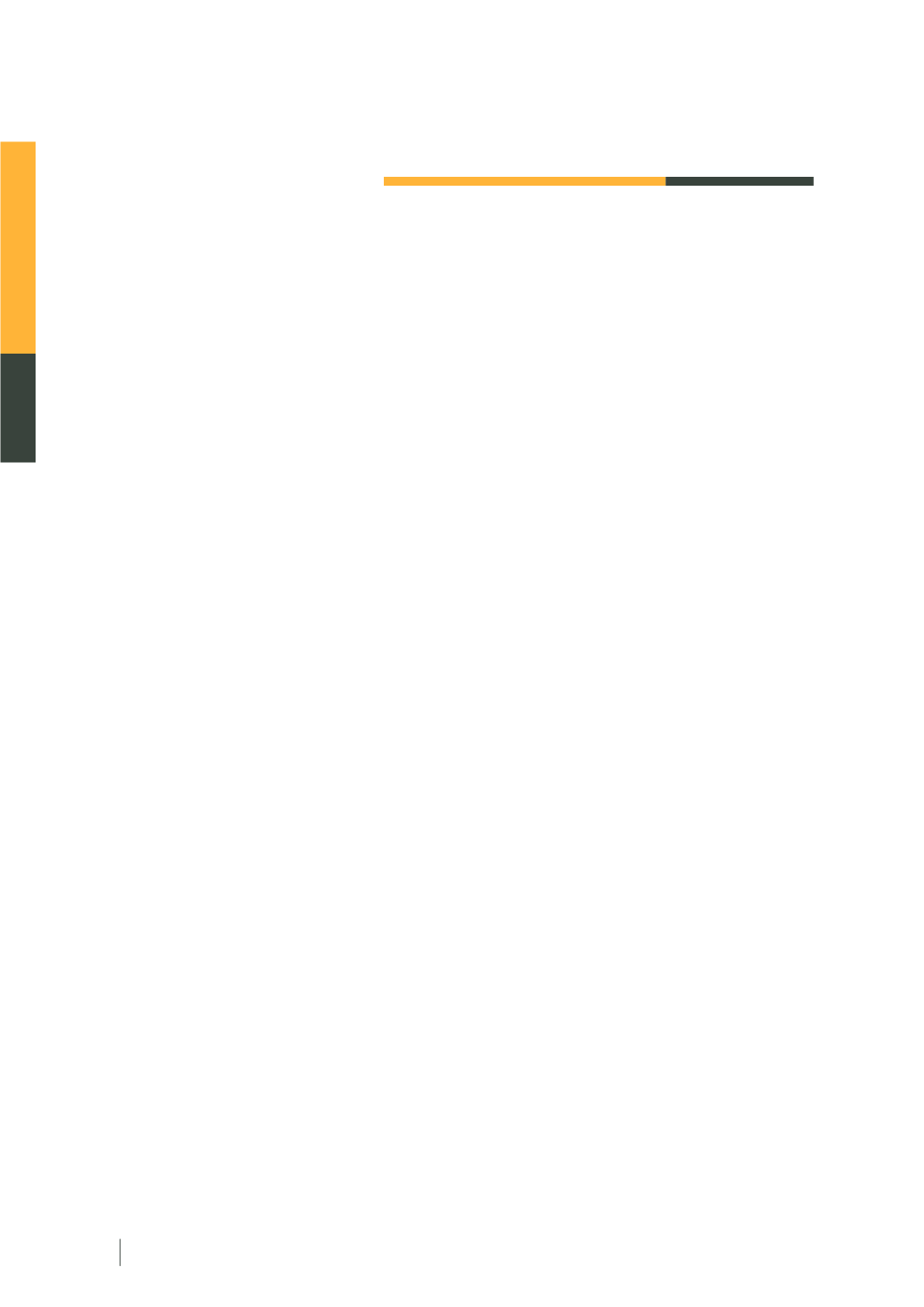

Annual Report 2014
116
Enterprise risk
management
The Stock Exchange of Thailand (SET) uses an enterprise-wide riskmanagement framework,
consisting of risk identification, risk assessment, risk treatment and risk monitoring to handle
key risks of the organization. SET’s risk management covers three levels of key risks: strategic,
business and process risks.
SET has constantly enhanced its ERM to ensure it can manage all risks it faces effectively,
in line with corporate policy and international standards.
Strategic risk
Strategic risk management is the first and foremost
operation of all the levels of risk. SET focuses on
strategic risk in its strategic direction towards 2020
as well as annual strategic planning and budgeting.
SET adapts its risk management to the objectives of
strategic themes and plans, including product and
service launches. These include the identification,
assessment, response and monitoring processes.
In 2014, SET prepared risk management for its new
equity clearing and depository systems to be launched
in 2015, to ensure that the exchange has all essential
criteria and processes before starting implementation.
Business risk
SET oversees and manages business risk, which
covers key risks for operating business, in line with
those of leading stock exchanges. SET monitors and
manages high level risks by identifying key risk
indicators to monitor and adjust risk mitigation plans
accordingly. Key business risks to be managed are:
Credit risk (Counterparty or clearing
and settlement-related risk)
In 2014, Thailand Clearing House Co., Ltd. (TCH),
as central counterparty for SET and Thailand Futures
Exchange, reviewed rules and regulations to strengthen
TCH by revising membership qualifications on
shareholder’s equity to be in line with those of
the Securities and Exchange Commission (SEC). TCH
has also adopted international standards, such as
the Principles for Financial Market Infrastructures
(PFMI) of the International Organization of Securities
Commissions (IOSCO), and European Markets
Infrastructure Regulations (EMIR) of the European
Securities and Markets Authority (ESMA). TCH goes
beyond managing counterparty risks to stay in
compliance with amended international standards,
maintaining investor’s confidence in our market.
Highlights of executions in 2014 are as follows:
• Rearranged the order of utilization of financial
resources to pay for the transaction under default
by using part of clearing fund contributed by SET
before the use of clearing fund contributed by
other members who are not defaulting members.
Then TCH will use the rest of the clearing fund.
• Reviewed types of collateral by considering
the change of business environment that might
impact market risk and liquidity risk.

















